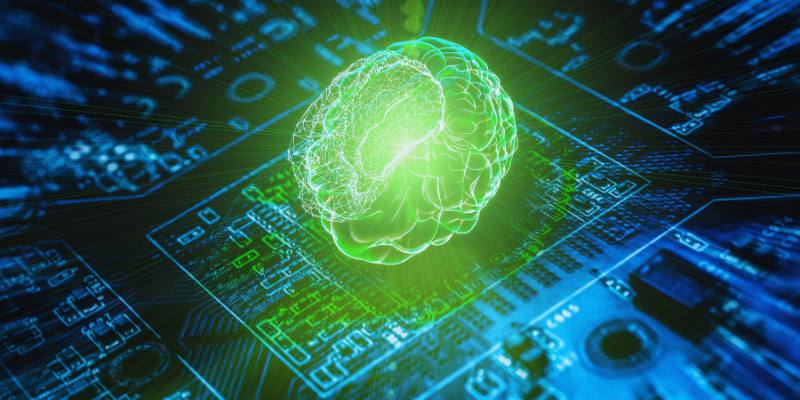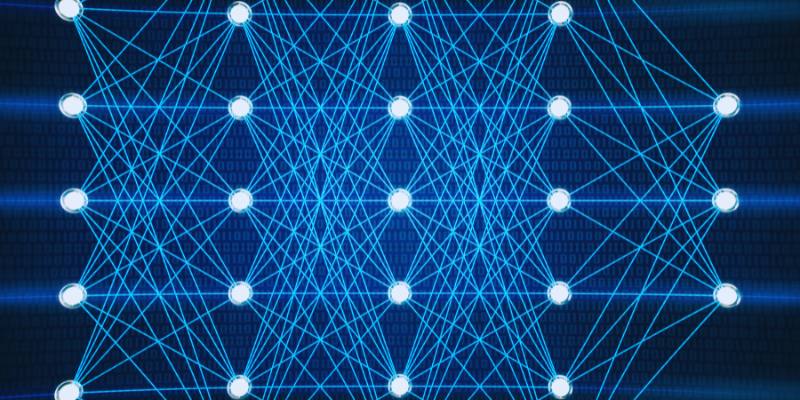Do you want to learn about Generative Adversarial Networks (GANs) but don't know where to start and learn? If so, stop right here because you have already landed at the right place. Remember that GAN is a machine learning framework approaching generative AI that generates images, missing data, training data, and 3D models.
The generator and discriminator are the vital components of this network, which generate the result and discriminate artificial from accurate data, respectively. The prominent types of GANs are vanilla GANs, Conditional GANs, self-attention GANs, and more, which you can use according to your needs. Still, if you want to know about Generative Adversarial Networks (GANs) in detail, continue to read!

Understanding Generative Adversarial Networks
These are the machine learning models in which the two neural networks compete through deep learning methods and a zero-sum game framework. In this way, they work more efficiently and make better predictions. There are two neural networks: one is the generator, which is the convolutional neural network, and the other is the discriminator, which is the deconvolutional network. The generator generates the output, and the discriminator identifies the artificially created outputs. These are the parts of this network that train the generator:
- Noisy input vectors
- A generator network that transforms the input
- Discriminator network that classifies the data
- Generator loss, which is a penalty.
The generative models are capable of creating their data. The generator is supposed to generate false data, which the discriminator differentiates from valid data or examples. When it recognizes fake or artificial data, it penalizes the generator.

Understanding The Working Of Generative Adversarial Networks
To understand the workings of a Generative Adversarial Network in a better way, you should know that a typical GAN is divided into the following parts:
- Generative: The term ‘generative’ describes how data is generated.
- Adversarial: This means that the model has an adversarial setting.
- Networks: You can use deep neural networks as AI algorithms for training and other purposes.
When establishing a GAN, the first step is identifying your desired result or output and then gathering the initial datasets based on the desired parameters. The data is randomly collected, and the input is given to the generator. The generated data, samples, or images are fed into the discriminator in the next step. After the data is processed, optimization begins. The discriminator starts working to represent the authenticity of the data; 1 refers to the accurate data or images, while zero refers to the fake data. In short, the GAN uses the following steps:
- The generator accepts the random data or numbers and generates the output.
- Then, as we discussed earlier, the discriminator receives this output and gives a value between 0 and 1.
Types of Generative Adversarial Networks (GANs)
There are different types of Generative Adversarial Networks (GANs), and each can be used for a specific task. Among these types, some are most commonly used, which are described as follows:
- Vanilla GANs: The Vanilla Generative Adversarial Network is the simplest form. It optimizes mathematical equations using gradient descent, mainly based on multilayer perceptrons.
- Conditional GANs: As the name suggests, conditional GANs perform network conditioning with the latest information. It receives the images with the original labels to distinguish them better.
- Deep Convolutional GANs: These networks produce high-resolution images. Convolutions refer to the process of extracting essential information from data. They work with various kinds of data but are best with images.
- Self-Attention GANs: These kinds of GANs are a variation of deep convolutional GANs with self-attention modules. Their interesting feature is that they are not limited to the local points but generate details from all locations.
- Cycle GANs: This is also a common type of GAN. It is mainly used to transform images into different styles. For example, you can teach the network how to convert a summer picture into a winter picture and vice versa. FaceApp is the most popular application of cycle GANs, transforming human faces.
- Style GANs: Style GAN is an improved version of the original generator architecture models that can generate high-quality images. These images can also be altered according to your requirements.
- Super Resolution GANs: Super-resolution GANs convert low-resolution images to detailed high-resolution images. They fill in the blurry gaps in the photos and clarify them.
- Laplacian pyramid GANs: A Laplacian pyramid GAN generates images with the help of multiple generators and discriminator networks. It consists of a linear image incorporating the band-pass image, producing high-quality images.
Some Applications of Generative Adversarial Networks
If you are still confused about where these generative adversarial networks are used, they have many applications in different vital industries. They are used for the following purposes:
- Generating Images: GANs efficiently generate images from text-based data, or they can modify the already-created images. As we have already discussed, you can edit the photos and convert them to high-quality ones. GANs also produce different characters and faces for your videos and animations.
- Generating Training Data: The generative models produce artificial data that look like real-world data. For example, you can use fraudulent data for fraud detection later, which will help you differentiate between genuine and fake transactions.
- Completing the Missing Information: With the help of generative models, you can complete the missing information in a dataset. For example, you can generate sub-surface images with the help of GAN. Understanding these sub-surface images can then develop new photos and maps.
- From 2D to 3D: You can now easily create 3D images from 2D and scanned images through GANs. This application of GAN is particularly seen in the healthcare department, where it is used to develop X-rays and images of organs for planning surgeries.
Conclusion:
Generative Adversarial Networks (GANs) combine a generator and a discriminator, which work together. One produces the result, and the other distinguishes between the real and artificial. Several types of GANs are available, including vanilla, cycle, style, super-resolution, Laplacian pyramid, self-attention, deep convolutional, and conditional GANs. These GANs create images and 3D models like X-rays, generate training data, and complete the missing information.











